
If a musician’s greatness is measured by the breadth of his influence — and how else should we gauge it? — Jimi Hendrix’s legacy commends him as one of the most inspiring virtuosos who ever lived. Consider just a few of the acts who explicitly cite Hendrix as central to their sound, or who pay tribute by incorporating at least something of him into their work: The Red Hot Chili Peppers, Stevie Ray Vaughan, Miles Davis (who, of course, influenced Hendrix, as well), ZZ Top, Stephen Stills, Public Enemy — the list is as long as it is dizzying in its variety.
To put it even more simply: Who else can be heard, resoundingly, in the music of both Prince and Metallica? Funkadelic and Van Halen?
Perhaps the only aspect of Hendrix’s career more remarkable than its aesthetic clout is how awfully short it was. (A fact often obscured by the seemingly endless reissues of his work that have hit the market in the decades since his death.) After making a name overseas in the mid-1960s, he came to sudden and enduring prominence in the U.S. after his legendary performance at the Monterey Pop Festival in 1967; he died in London in September 1970, when he was just 27 years old. But for those 40 months, Jimi Hendrix was one of the few undisputedly indispensable pop-culture figures of the era. And as with so many huge stars who died young — including other members of rock and roll’s “27 Club,” like Jim Morrison, Kurt Cobain, Janis Joplin, the Stone’s Brian Jones and more — the brevity of his life has hardly made his place in the rock pantheon less secure.
On what would have been his 70th birthday (Hendrix was born in Seattle on Nov. 27, 1942), we pay tribute to the guitar wizard through photos made by another iconoclastic creative force, the rock and roll photographer Jim Marshall.
Known for his work capturing legends (Jagger, Richards, Dylan, Sly Stone, Joni Mitchell, the Beatles, Johnny Cash and countless others) onstage and in quieter, unguarded moments, Marshall — who died in March 2010 — photographed Hendrix from the moment he exploded, flaming guitar and all, into the public eye at Monterey through the heady, propulsive months and far-too-few years that followed.
The pictures in this gallery, meanwhile, are emblematic of Marshall at his very best — a distillation of a long career spent chronicling the charismatic, chameleon-like and frequently unhinged heroes and heroines of rock.
Here is Hendrix at his most relaxed and winning (laughing with his friend and sometime bandmate, the great drummer Buddy Miles, for example, in slide 7); at his most incendiary (slide 11); and at his Sgt. Pepper-meets-Voodoo Chile grooviest (backstage with Brian Jones at Monterey, slide 14).
But whatever mood or persona Hendrix happens to be projecting at the moment, the overriding sense we get from Jim Marshall’s pictures is one of intimacy. Few photographers who have spent any amount of time with the notoriously volatile egomaniacs (not to mention often-drug-addled paranoiacs) who inhabit the rarefied realms of rock have managed to come away with work that was clearly made by someone who belonged. Marshall — who was something of a celebrity himself by the mid-Sixties — was not cowed by the outsized personalities who could fill entire stadiums not only with music, but with attitude.
(MORE: Jim Marshall’s Collection of Rock ‘n Roll Portraits)
It’s fruitless to ask what Hendrix might be doing now, at 70, had he not died of “drug-induced asphyxia” — that is, if he hadn’t choked to death on his own vomit — at 27, while he was still growing and exploring as an artist. Fruitless, and inevitable. After all, it’s only natural to wonder what a talent as protean as Hendrix’s would have achieved in the decades after he gave us “Crosstown Traffic,” “Hey Joe,” “The Wind Cries Mary,” “Bold as Love,” his transcendent “Star-Spangled Banner” and scores of other singular classics. Would he have composed soundtracks? Symphonies? Would he have dug ever deeper into his bluesy roots, finding simpler, more elemental ways to tell his own story? Would he and Neil Young spend half the year, every year, touring together, trading beautiful, terrifying riffs in front of overawed fans?
Happy birthday, Jimi, and rest in peace. We shall not see your like again.
Ben Cosgrove is the editor of LIFE.com.
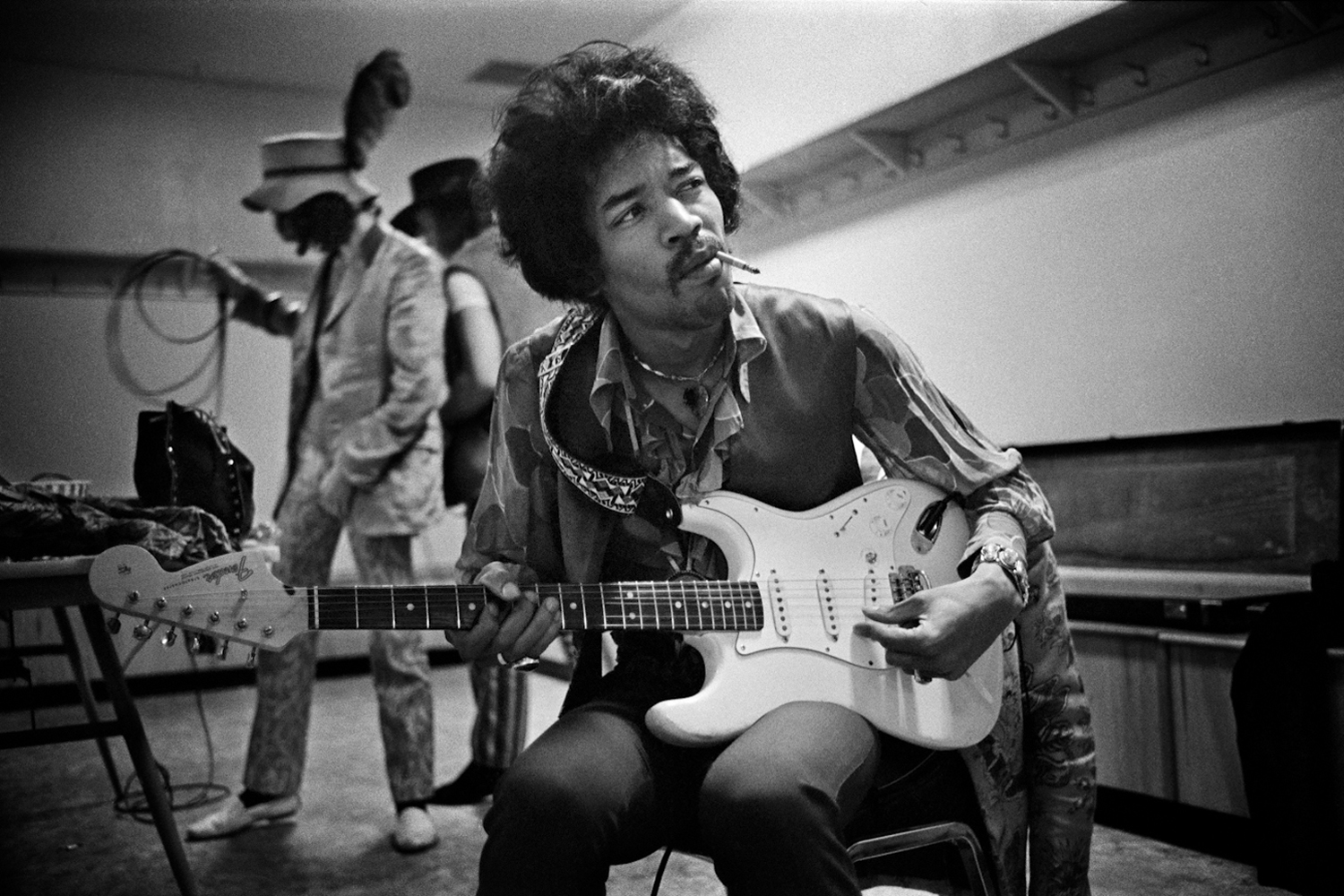
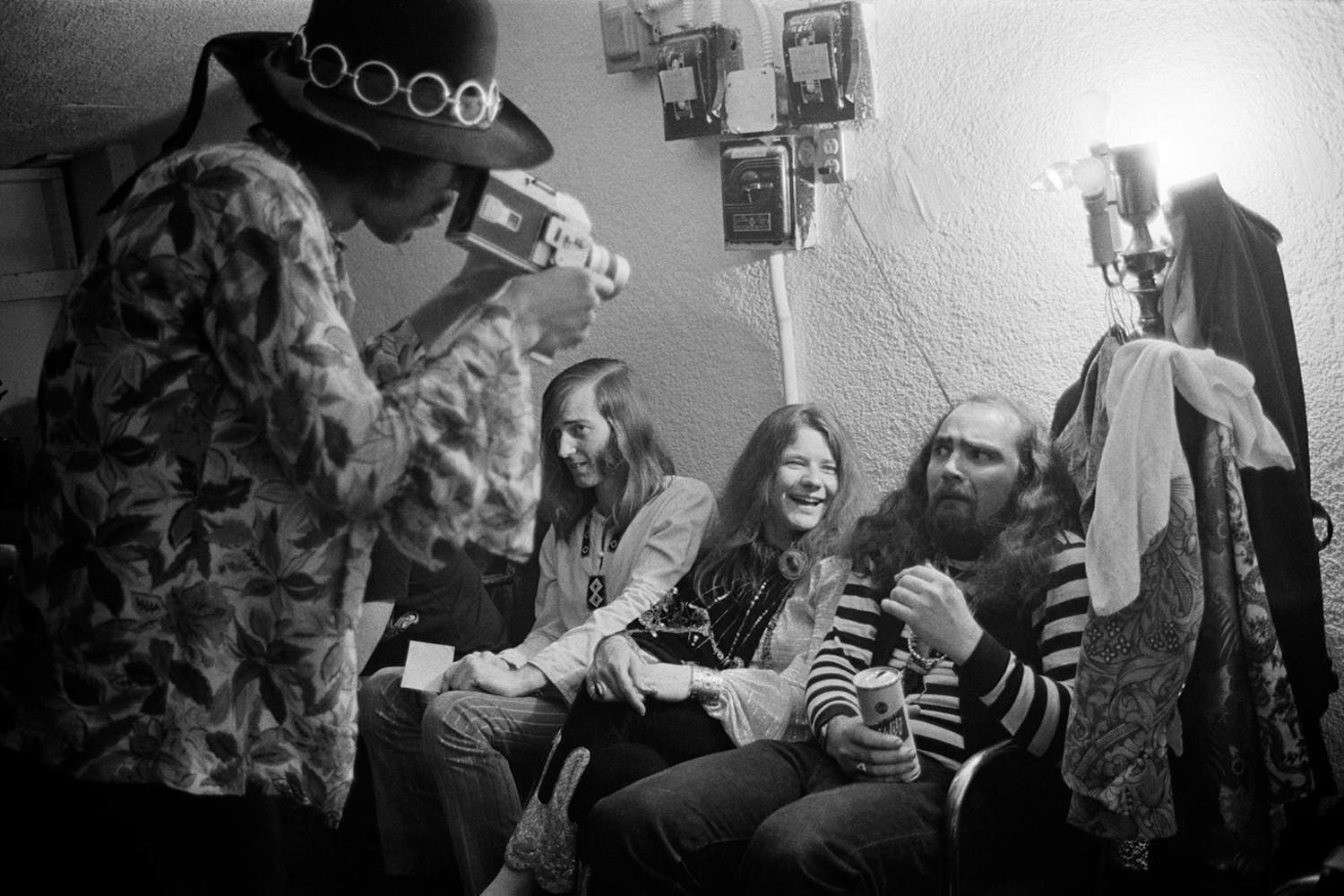
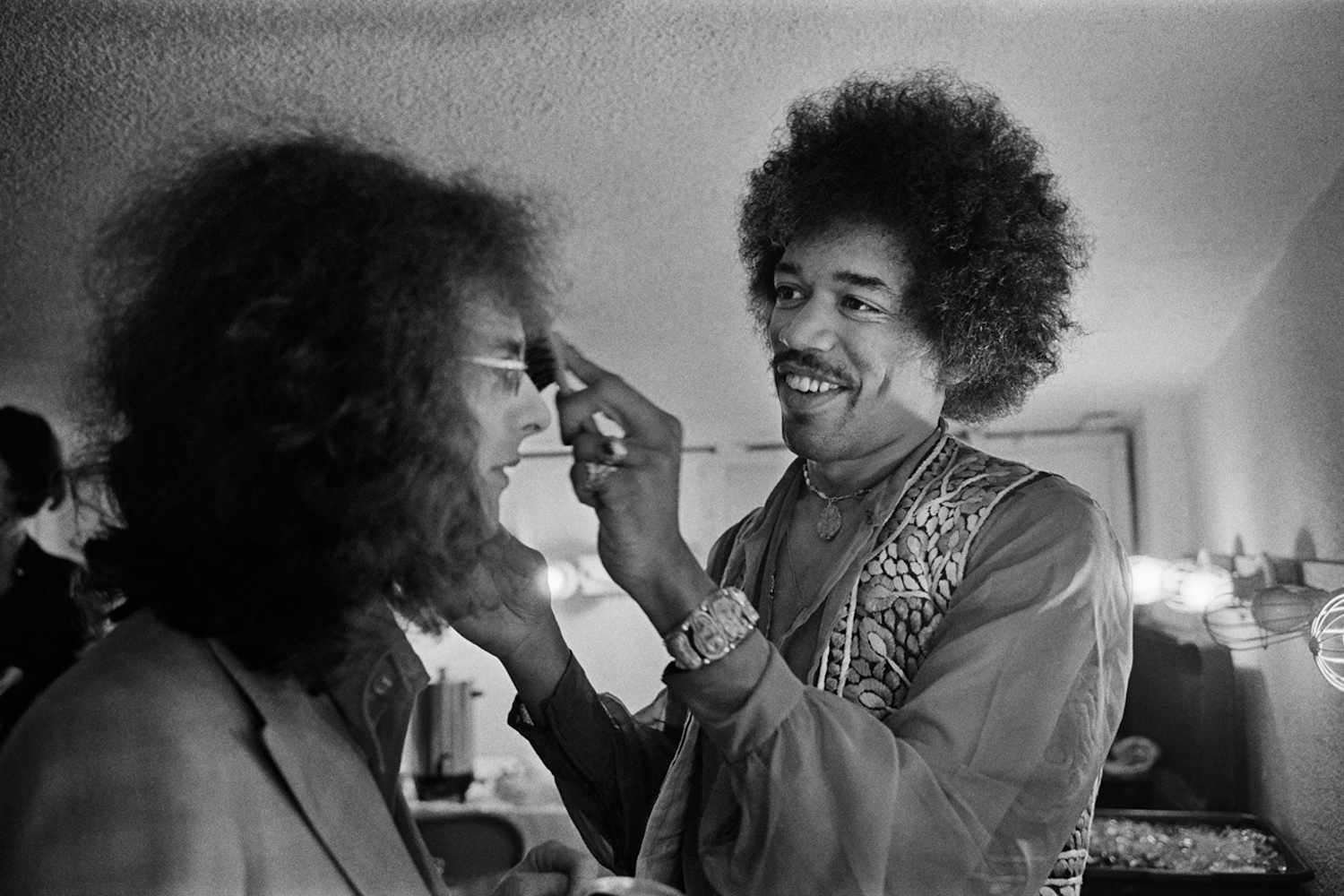

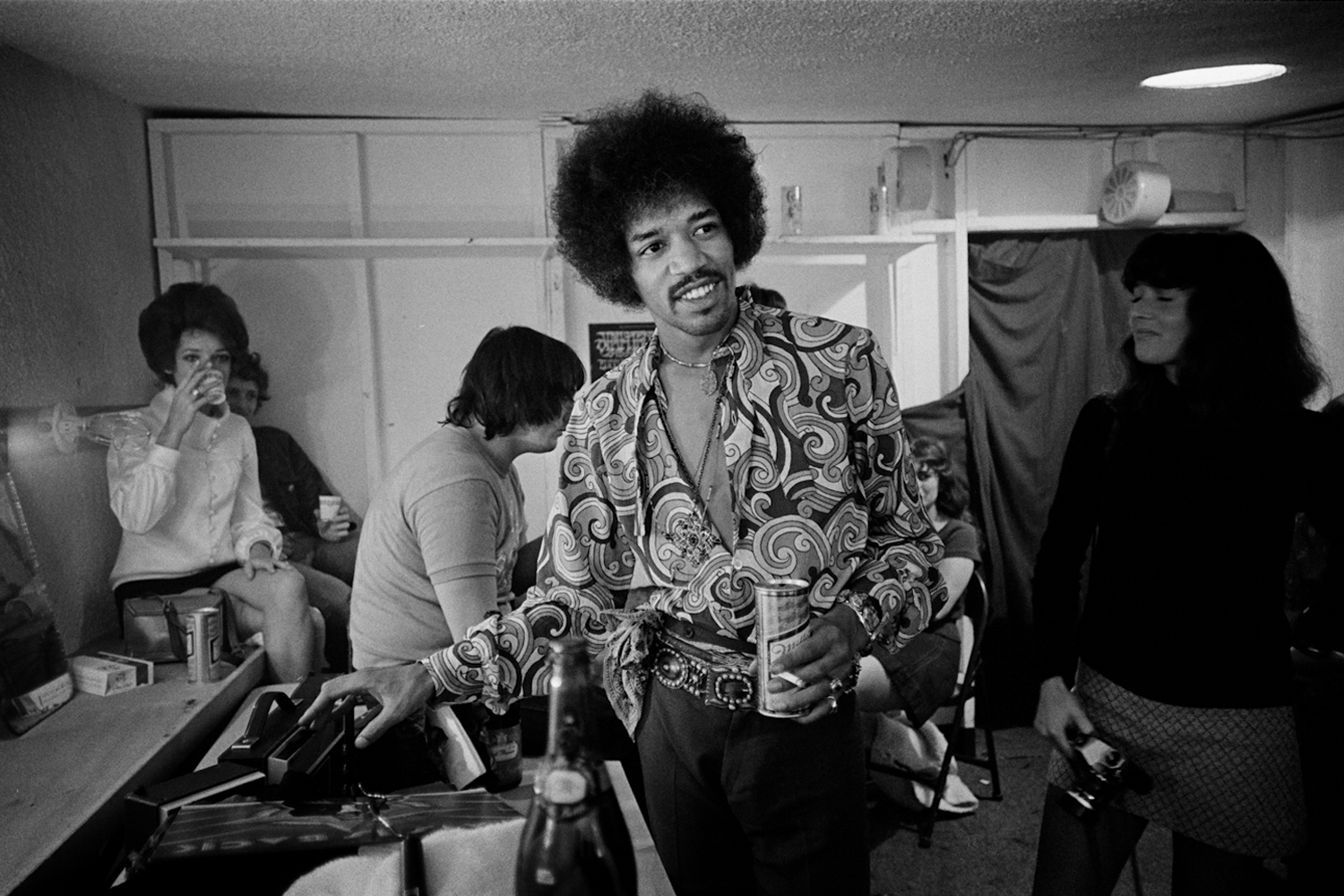
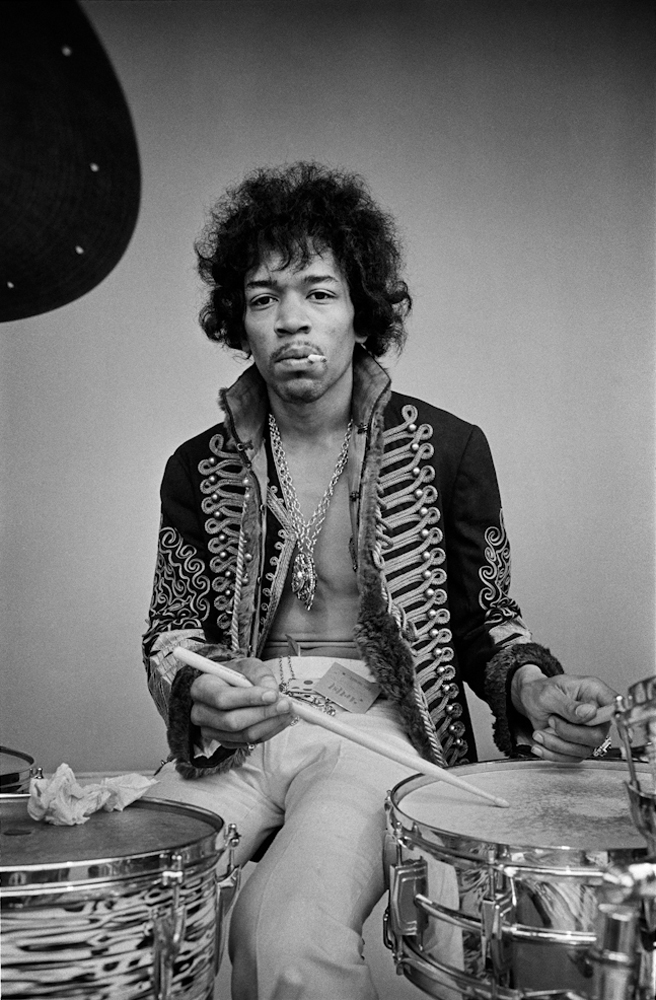


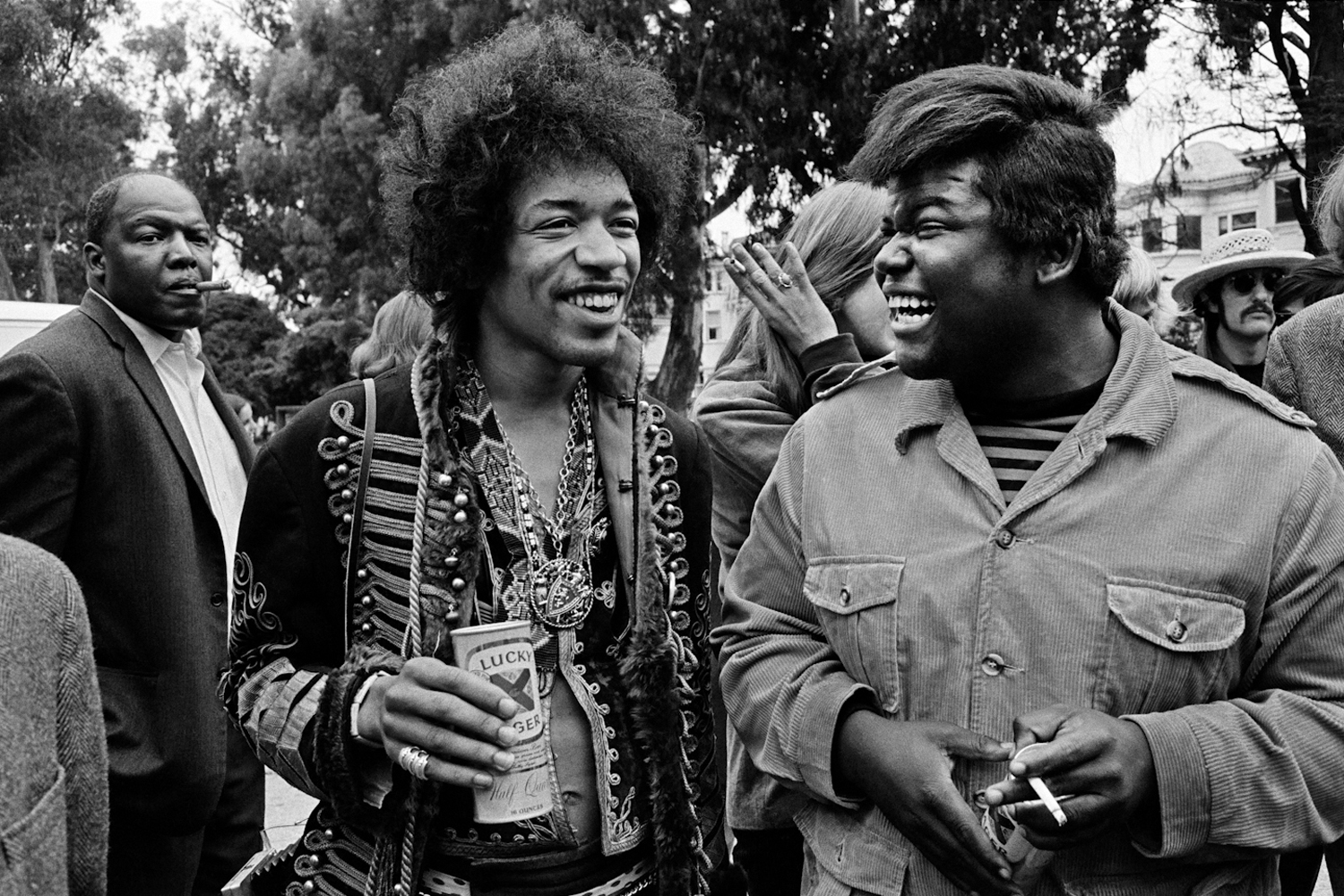
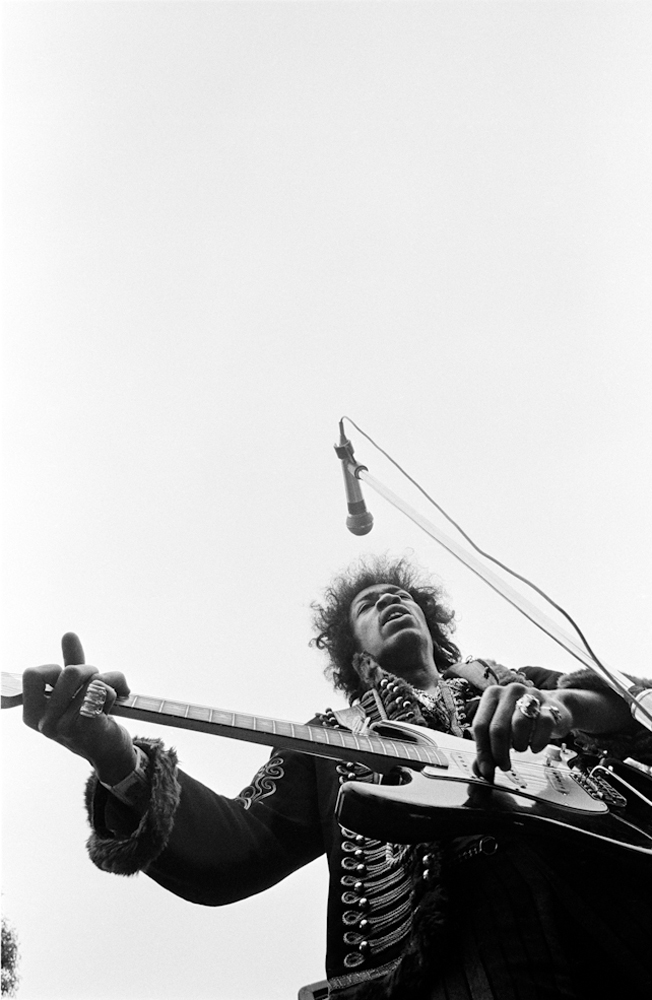

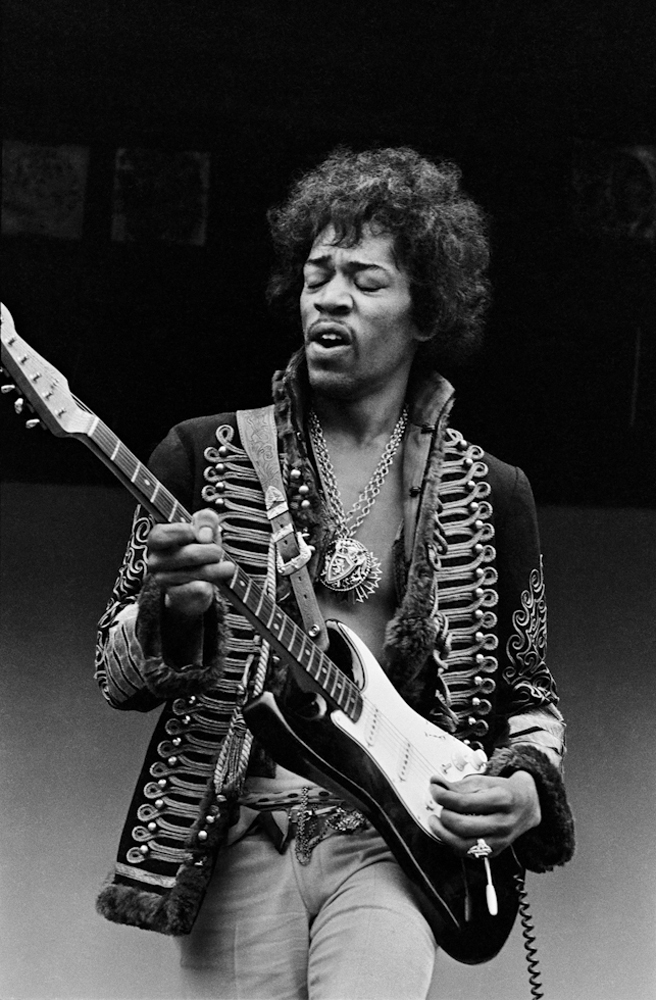


More Must-Reads from TIME
- L.A. Fires Show Reality of 1.5°C of Warming
- Behind the Scenes of The White Lotus Season Three
- How Trump 2.0 Is Already Sowing Confusion
- Bad Bunny On Heartbreak and New Album
- How to Get Better at Doing Things Alone
- We’re Lucky to Have Been Alive in the Age of David Lynch
- The Motivational Trick That Makes You Exercise Harder
- Column: All Those Presidential Pardons Give Mercy a Bad Name
Contact us at letters@time.com